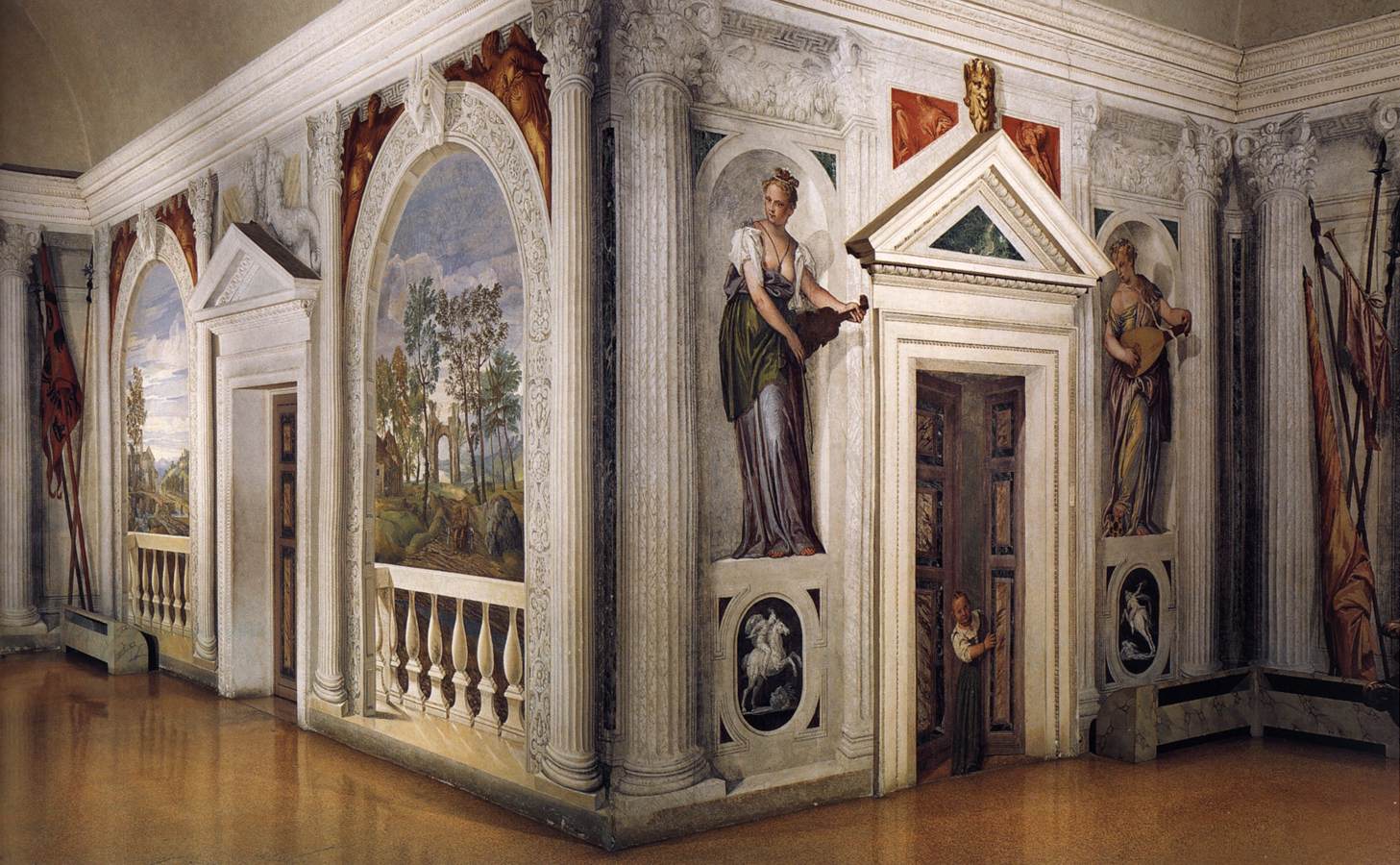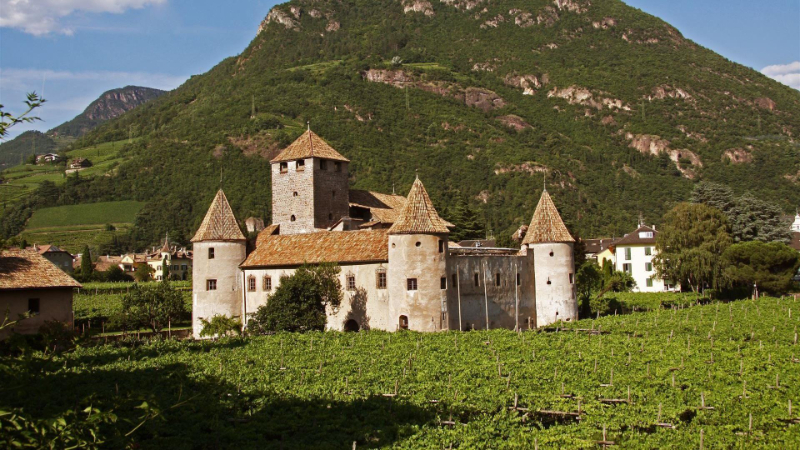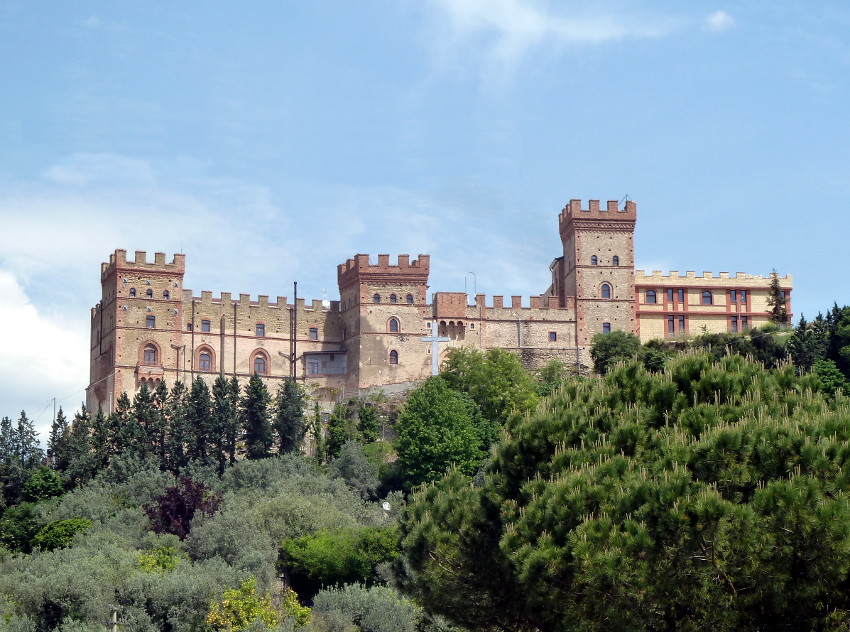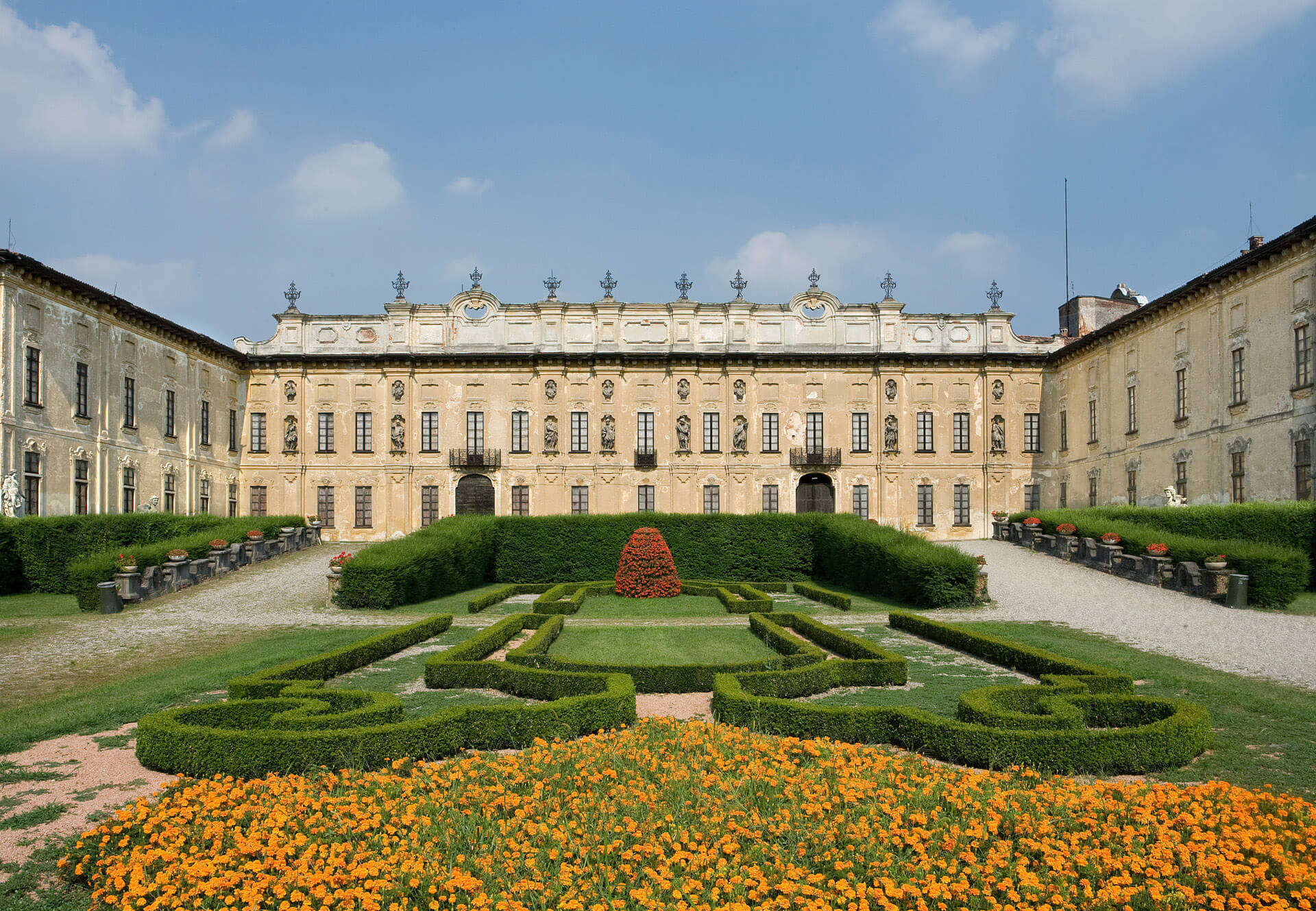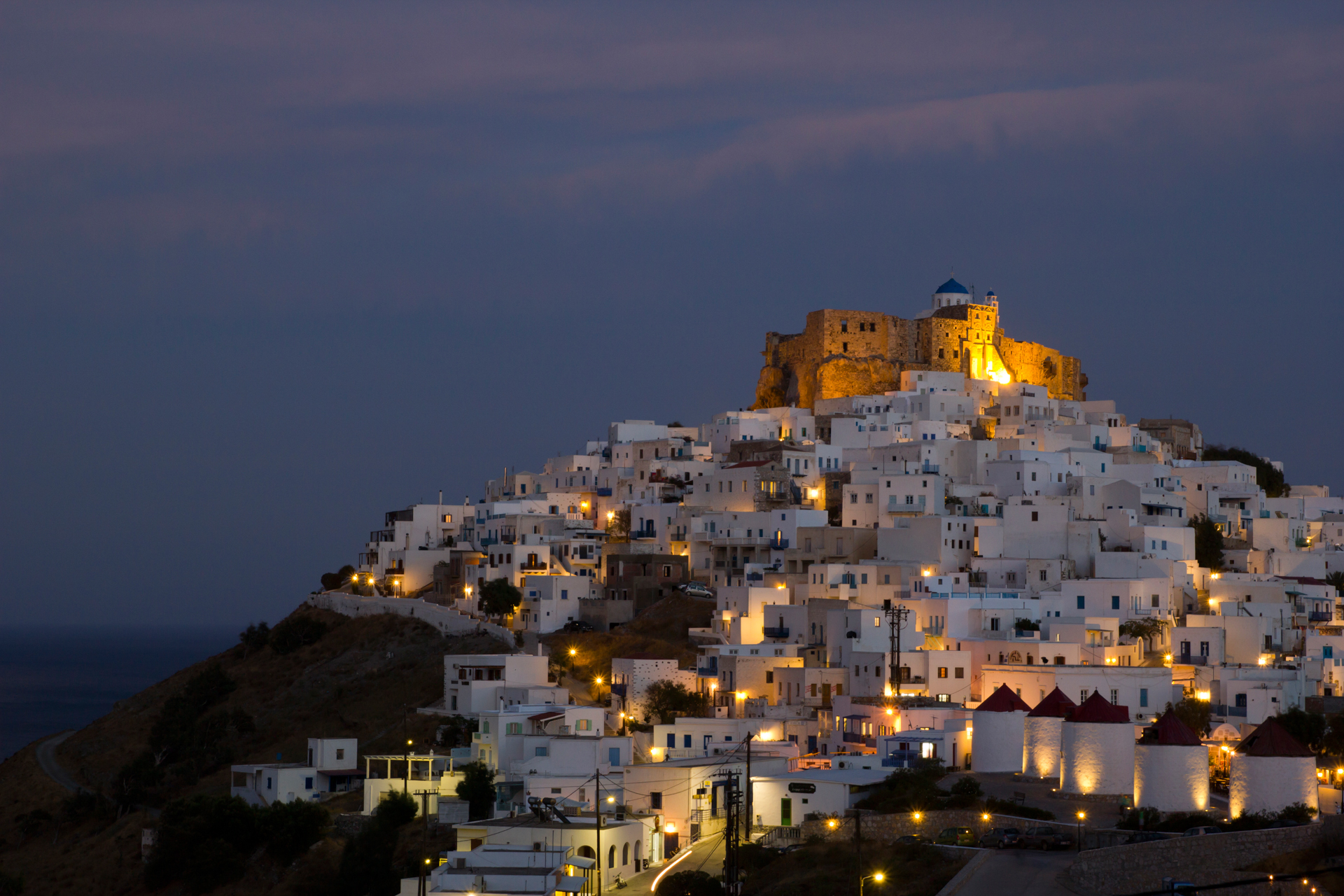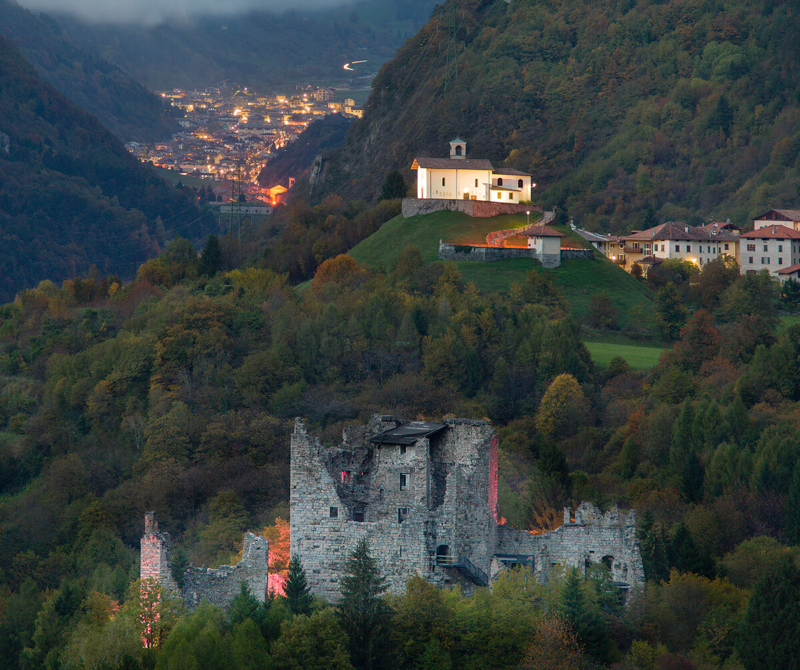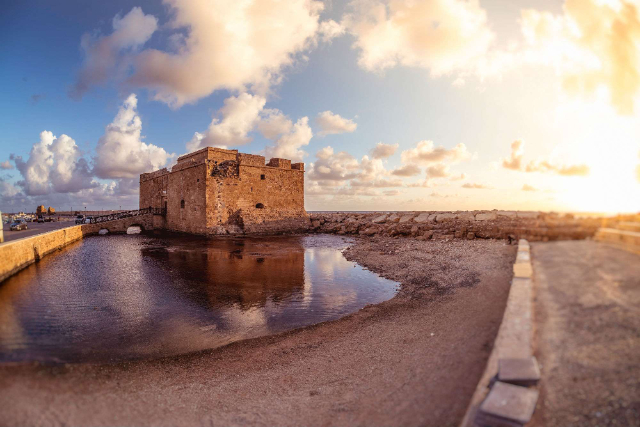The rediscovery of the countryside by the Venetian nobility, who for centuries had dedicated themselves solely to trade, passed through the harnessing and exploitation of water. Villa Barbaro dominates the surrounding countryside from its position halfway up the coast, built near a spring where it is believed that in Roman times there was a temple or a place of worship.
The commissioners of the villa were the brothers Marcantonio and Daniele Barbaro, members of one of the most important Venetian families. Daniele Barbaro, although he belonged to the high clergy, in fact he was patriarch of Aquileia, represented that typical cultured man, fond of antiquities, who well embodied the humanistic ideal of the ‘500. The villa itself, with its structure and decorative plant, seems to express a desire for fusion or at least integration of humanistic and Christian ideals, of mythological past and Christian reality, all lived with apparent great normality.
The villa is a great temple of the sixteenth-century renaissance, designed by Andrea Palladio in such a way as to emphasize division and symmetry along the vertical axis. From the central body of the villa, with the typical pediment of the temples of antiquity, brought forward so as to emphasize it, the agricultural wings spread out, ending in dovecote towers decorated with sundials and astrological symbols for which the Barbaros nurtured a certain interest and in which there is perhaps expressed Daniele’s desire to attribute sacred meanings to the construction. The central function of water is underlined by the creation for the spring of a nymphaeum designed by Marcantonio himself, which was meant to represent the fusion of celestial and earthly elements.
In addition to the extraordinary work of Palladio, Villa Barbaro also contains the masterpiece of the greatest Venetian artist of the 16th century, Paolo Veronese. The rooms of the villa are in fact decorated with a wonderful cycle of frescoes by the great painter of Veronese origin. In it is central to the exaltation of the Universal Harmony of the cosmos, governed by Divine Wisdom, which is expressed in Love, Peace and Fortune. On the ceiling of the large central room, Paolo Veronese depicts Olympus, crowned by Divine Wisdom who triumphs at the center of the composition. Despite the complexity of the concepts expressed here, Veronese still manages to interpret everything with his great lightness and harmony, creating a marvelous masterpiece.
